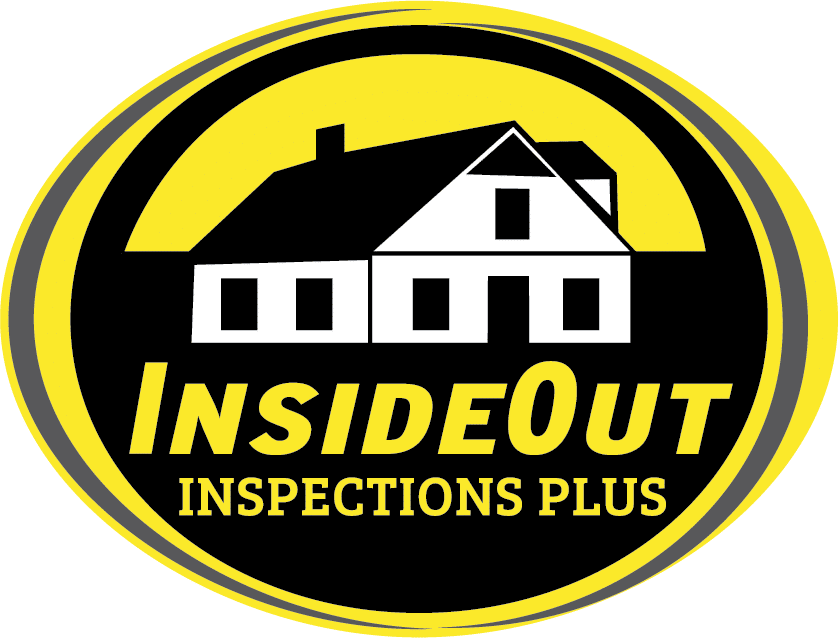What is Radon Testing?
Did you know that radon exposure ranks as the second leading cause of lung cancer and lung cancer-related deaths in the United States, right after smoking?
Radon testing is a process of measuring the levels of radon gas in a home or building. Radon is a colorless, odorless, and tasteless radioactive gas that is naturally present in the environment. It is produced by the decay of uranium in soil, rock, and water. Radon is a health hazard when it accumulates indoors, particularly in confined spaces like basements. Prolonged exposure to high levels of radon can increase the risk of lung cancer, especially for smokers or individuals with a family history of lung cancer.


About Radon Gas
Radon Testing Methods
- Short-Term Testing: Uses a radon testing device in the lowest livable area for 2–7 days. Results are analyzed in a lab.
- Long-Term Testing: Uses a continuous monitor for 90+ days to track radon fluctuations over time for more accurate results.
Radon Levels & Safety
- EPA Action Level: 4 pCi/L—mitigation is recommended if levels exceed this.
- Health Risks: No safe threshold; prolonged exposure increases lung cancer risk, especially for smokers.
Radon Maps
- Show regional radon levels based on testing data.
- Darker colors indicate higher radon concentrations; lighter colors indicate lower levels.
What is Our Process?
Radstar Monitor
Our company is licensed by the state of Michigan and Ohio and utilize Radstar Continuous Monitors. They are far more accurate than any over the counter test kits.
Placement In The Home
The Radstar monitor is placed in the lowest livable location of the home such as a basement and collects a reading every hour for a minimum of 48 hours.
Radstar Upload
After the monitor has been sitting in the home for 48 hours, the readings are sent electronically to Radstar for analysis.
Detailed Report
We then provide a detailed report within 24 hours of receiving the data. The report explains in depth the measurements and readings the continuous monitor took while in the home.
Follow Up
As always with our company, we are here to assist our clients with any questions they may have.
Common Myths About Radon Testing
Myth: Radon is not a significant health risk.
Fact: Radon is a leading cause of lung cancer, and long-term exposure to high levels of radon can pose serious health risks. The World Health Organization (WHO) and the U.S. Environmental Protection Agency (EPA) classify radon as a known carcinogen.
Myth: Radon is only a problem in certain geographic areas.
Fact: Radon can be found in any location, regardless of geographic region. While radon levels can vary, every home has the potential for elevated radon levels. It is important to test for radon regardless of your location.

